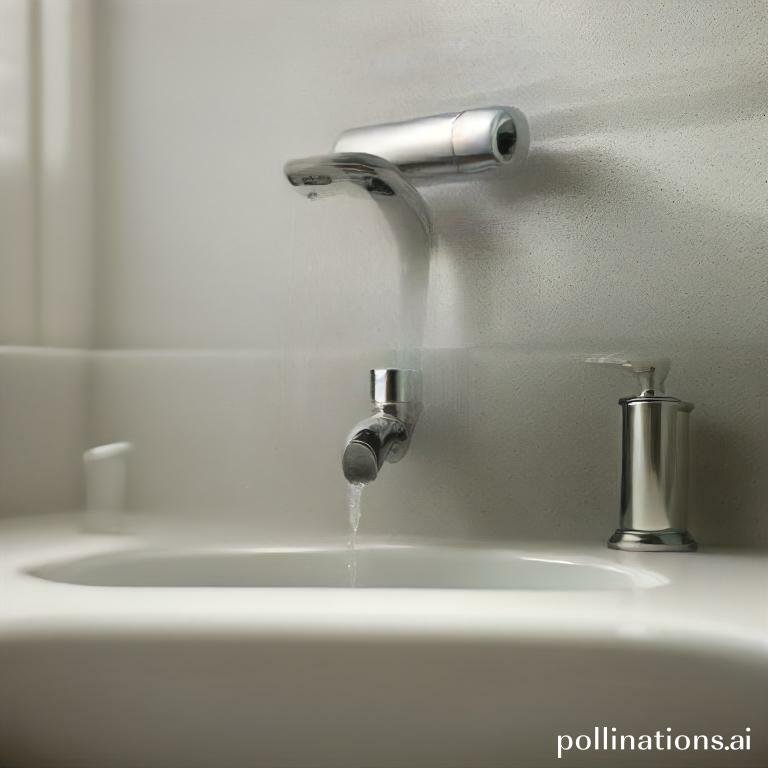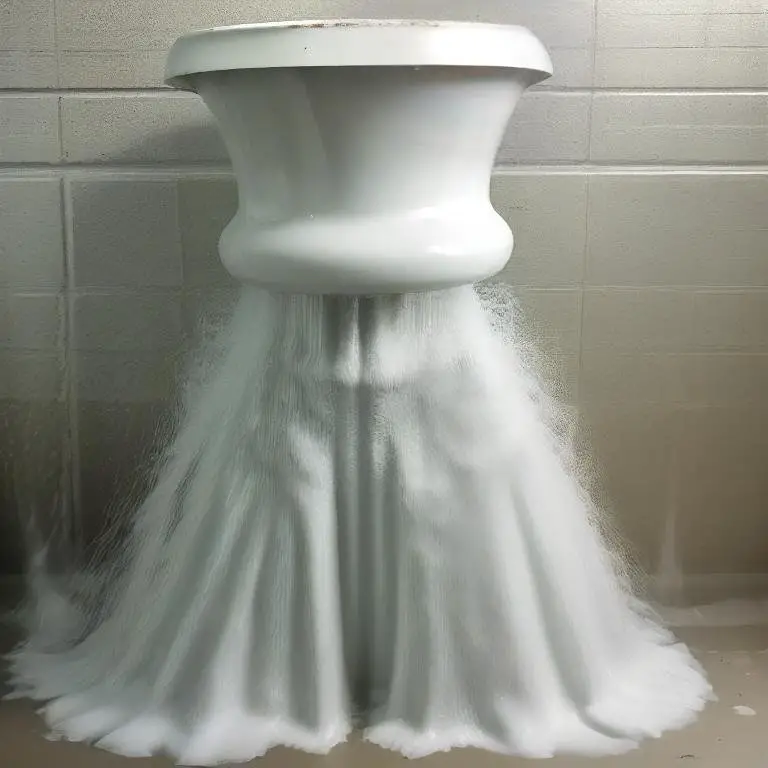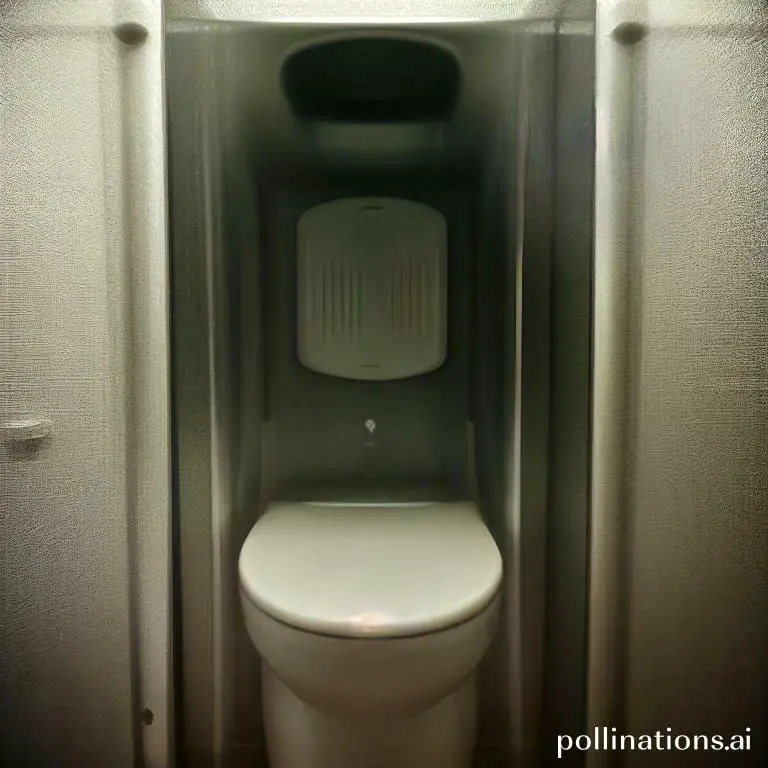
II. Scale buildup can reduce the efficiency of a water heater, increase energy consumption, and lead to premature failure of the heating element or tank.
III. Flushing frequency depends on the hardness of the water, the size of the tank, and the usage patterns, and it is recommended to flush the water heater at least once a year to maintain its optimal performance and extend its lifespan.
Flushing plays a crucial role in preventing water heater scale buildup. Scale, a mineral deposit, can accumulate over time and reduce the efficiency of your water heater.
Flushing involves draining the tank to remove any sediment or scale that has settled at the bottom. This simple maintenance task helps to prolong the lifespan of your water heater and ensures optimal performance.
By regularly flushing your water heater, you can prevent scale buildup and enjoy efficient and reliable hot water supply.
Comprehending Water Heater Scale Buildup
Causes of scale buildup in water heaters
Scale buildup in water heaters is primarily caused by the presence of hard water. Hard water contains high levels of mineral ions, such as calcium and magnesium. When hard water is heated, these minerals form solid deposits, known as scale, on the inner surfaces of the water heater.
Hard water is a common issue in many areas, and its prevalence can vary depending on the geographical location. The mineral content in water can also vary, leading to different levels of scale buildup in water heaters.
Scale buildup can also occur due to inadequate maintenance of the water heater. Neglecting regular cleaning and descaling can contribute to the accumulation of scale over time.
Effects of scale buildup on water heaters
Scale buildup can have several detrimental effects on water heaters. To begin with, it reduces the efficiency of the heating element. The layer of scale acts as an insulator, preventing effective heat transfer and causing the water heater to consume more energy.
Scale buildup can also lead to decreased water flow and pressure. The deposits can clog pipes and valves, restricting the movement of water through the system. This can result in reduced hot water supply and slower heating times.
Furthermore, scale buildup increases the risk of corrosion in water heaters. The mineral deposits create an environment that promotes the corrosion of metal components, leading to leaks and potential water damage.
To prevent scale buildup and maintain the efficiency of your water heater, regular descaling is essential. There are various methods available to remove scale, including chemical descalers and physical cleaning. Consult the manufacturer’s guidelines or seek professional assistance to ensure safe and effective descaling.
| Causes of Scale Buildup | Effects of Scale Buildup |
|---|---|
| Hard water: High mineral content, such as calcium and magnesium ions, in the water. | Reduced efficiency: Scale acts as an insulator, increasing energy consumption. |
| Inadequate maintenance: Neglecting regular cleaning and descaling of the water heater. | Decreased water flow: Scale deposits can clog pipes and valves, restricting water movement. |
| Corrosion risk: Scale creates an environment that promotes metal component corrosion. |
Flushing Water Heaters
Flushing water heaters is an essential maintenance task that helps in maintaining the efficiency and longevity of the appliance. Over time, water heaters accumulate sediment and mineral deposits, which can lead to scale buildup. Flushing the water heater regularly helps to prevent these issues and ensure optimal performance.
Importance of Flushing Water Heaters
Flushing water heaters is important for several reasons. First and foremost, it helps to remove sediment and mineral deposits that accumulate at the bottom of the tank. These deposits can reduce the heating efficiency of the water heater and result in higher energy consumption.
Next, flushing the water heater helps to prevent scale buildup. Scale is formed when minerals in the water accumulate and harden on the heating elements or the interior surfaces of the tank. Scale buildup can lead to decreased heat transfer and even damage to the water heater.
Regular flushing also helps to extend the lifespan of the water heater. By removing sediment and scale, the water heater is less prone to corrosion and other issues that can cause premature failure. Flushing can also improve the quality of the hot water, ensuring that it is clean and free from any unpleasant odors or tastes.
How to Flush a Water Heater
Flushing a water heater is a relatively simple process that can be done by complying with these steps:
- Turn off the power supply to the water heater.
- Attach a hose to the drain valve at the bottom of the tank.
- Place the other end of the hose in a suitable drainage area or connect it to a floor drain.
- Open the drain valve and allow the water to flow out of the tank.
- Flush the tank by letting the water flow for several minutes or until it runs clear.
- Close the drain valve and remove the hose.
- Turn on the water supply and fill the tank back up.
- Once the tank is full, turn on the power supply to the water heater.
Impact of Flushing on Scale Buildup
1. How flushing affects scale buildup
Flushing, when implemented as a regular maintenance practice, plays a crucial role in preventing scale buildup in various systems. Scale, often formed by mineral deposits, can lead to reduced efficiency, increased energy consumption, and potential damage to equipment. Flushing helps mitigate these issues by removing the accumulated scale, ensuring optimal performance and longevity of the system.
2. Benefits of flushing in preventing scale buildup
Flushing offers several benefits in preventing scale buildup. First and foremost, it helps maintain the desired flow rate by eliminating any obstructions caused by scale deposits. This ensures efficient operation and prevents any unnecessary strain on the system.
In addition, flushing helps to preserve the heat transfer efficiency of the system. Scale buildup acts as an insulating layer, reducing the effectiveness of heat transfer. By removing the scale through flushing, the system can operate at its maximum efficiency, resulting in lower energy consumption and reduced costs.
Furthermore, regular flushing aids in preventing corrosion within the system. Scale deposits can create an environment conducive to corrosion, leading to potential damage and costly repairs. Flushing helps remove corrosive substances, minimizing the risk of corrosion and preserving the integrity of the system.

Frequency of Flushing
In order to maintain optimal performance and cleanliness of your system, imperative to understand the frequency at which flushing should be conducted. Flushing helps to remove build-up and contaminants, ensuring the longevity and efficiency of your equipment.
1. Factors deciphering the frequency of flushing
There are several factors that can influence how often flushing should be carried out. These include:
- Usage: The more frequently your system is used, the more often flushing will be required. Systems that operate continuously or in high-demand environments may require more frequent flushing.
- Water quality: The quality of the water being used in your system can impact the build-up of contaminants. If your water source contains high levels of minerals or impurities, more frequent flushing may be necessary.
- Type of system: Different systems have varying levels of susceptibility to build-up. Some systems may require more frequent flushing due to their design or specific components.
2. Recommended frequency of flushing
At the same time the specific frequency of flushing will depend on the factors mentioned above, it is generally recommended to conduct flushing at least once every six months. This ensures that any potential build-up or contaminants are regularly removed, preventing any adverse effects on your system.
Conversely, vital to note that certain systems or situations may require more frequent flushing. It is advisable to consult with a professional or refer to the manufacturer’s guidelines to determine the optimal flushing frequency for your specific system.
| Factors | Recommended Frequency |
|---|---|
| Usage | Dependent on system demand |
| Water quality | Dependent on water source |
| Type of system | Varies based on system design |

Signs of Scale Buildup in Water Heaters
Scale buildup in water heaters can cause various issues and reduce their efficiency. It is essential to identify these signs early to prevent further damage. Here are some common indicators of scale buildup in water heaters:
1. Fluctuating Water Temperature
If you notice sudden changes in water temperature at the same time using your water heater, it could be a sign of scale buildup. The minerals in the scale can interfere with the heating process, causing inconsistent water temperatures.
2. Reduced Water Flow
Scale deposits can also restrict the flow of water through the pipes and plumbing system connected to the water heater. If you experience reduced water flow in your taps or shower, scale buildup might be the culprit.
3. Noisy Operation
Scale deposits can create a layer of insulation on the heating elements of the water heater. This insulation can cause the heating elements to overheat, resulting in unusual noises during operation. If you hear banging or popping sounds coming from your water heater, it could be a sign of scale buildup.
4. Increased Energy Consumption
When scale accumulates on the heating elements, it acts as an insulator and reduces their efficiency. As a result, the water heater needs to work harder and consume more energy to heat the water. If you notice a significant increase in your energy bills without any other explanation, scale buildup could be to blame.
5. Premature Failure
If scale buildup is left unchecked, it can lead to the premature failure of the water heater. The accumulated minerals can corrode the internal components, reducing their lifespan. Regular maintenance and addressing scale buildup can help prolong the life of your water heater.
To prevent scale buildup, consider installing a water softener or using descaling agents periodically. Regularly flushing the water heater can also help remove any existing scale deposits. By identifying the signs of scale buildup early and taking appropriate measures, you can ensure the efficient and long-lasting operation of your water heater.
| Signs of Scale Buildup | Possible Causes |
|---|---|
| Fluctuating water temperature | Interference with heating process |
| Reduced water flow | Restriction in pipes and plumbing system |
| Noisy operation | Overheating of heating elements |
| Increased energy consumption | Reduced efficiency of heating elements |
| Premature failure | Corrosion of internal components |
Bottom Line
Flushing your water heater regularly can significantly reduce the scale buildup and prolong the lifespan of your appliance. The accumulation of minerals and sediments in the tank can cause corrosion, reduce efficiency, and even lead to leaks. By draining the tank and removing the sediment, you can improve the performance and safety of your water heater, as well as save money on energy bills and repairs. Although, flushing may not be enough to prevent scale buildup in hard water areas, where a water softener or other treatment may be necessary. It’s also important to follow the manufacturer’s instructions and safety guidelines when flushing your water heater, and to hire a professional if you’re not comfortable doing it yourself.
In summary, flushing is a simple and effective way to prevent water heater scale buildup, but it’s not a one-size-fits-all solution. Depending on your water quality and usage, you may need to flush more or less frequently, or use additional treatments. By taking care of your water heater, you can ensure a reliable and efficient supply of hot water for your home or business.
Read More:
1. Diy Flushing For Extended Water Heater Warranty
2. Flushing For Improved Water Heater Thermostat Function











